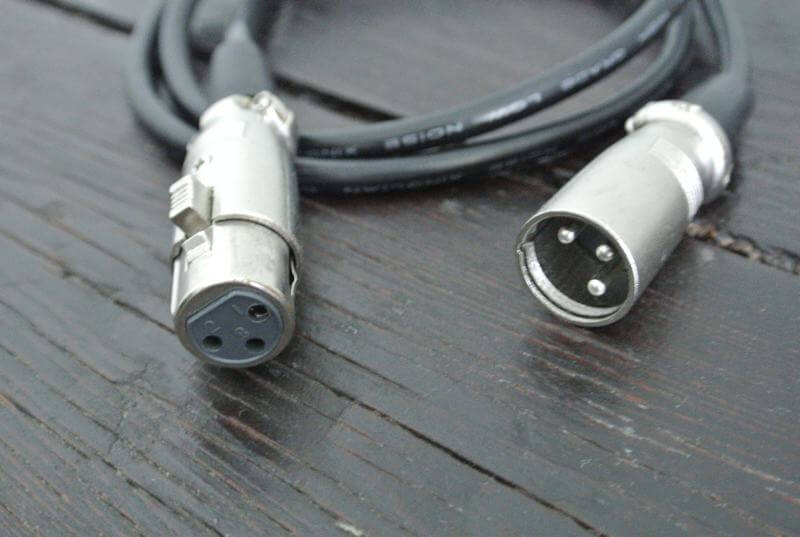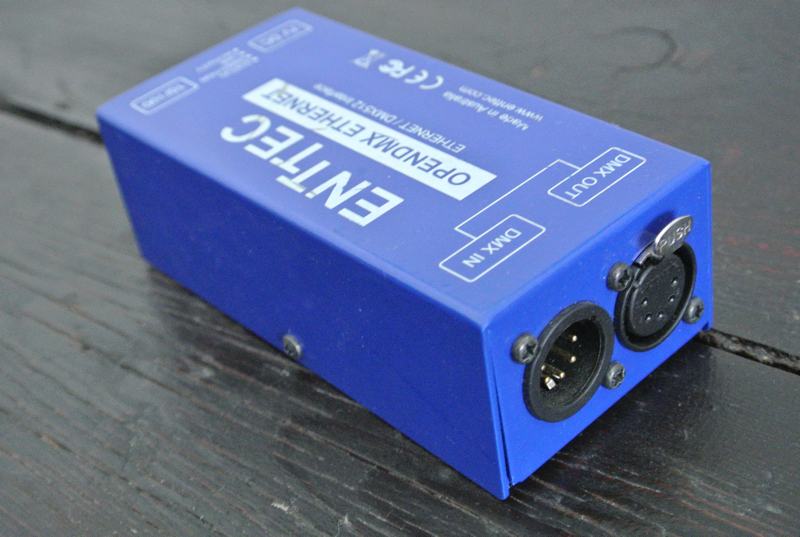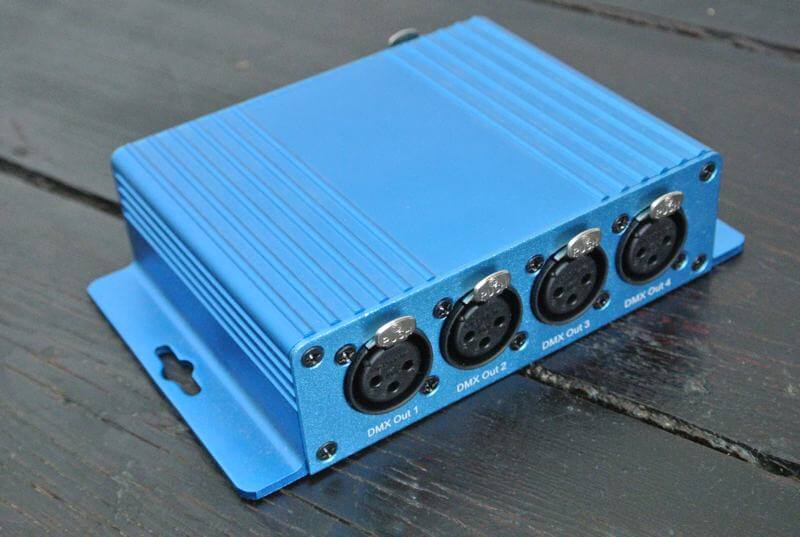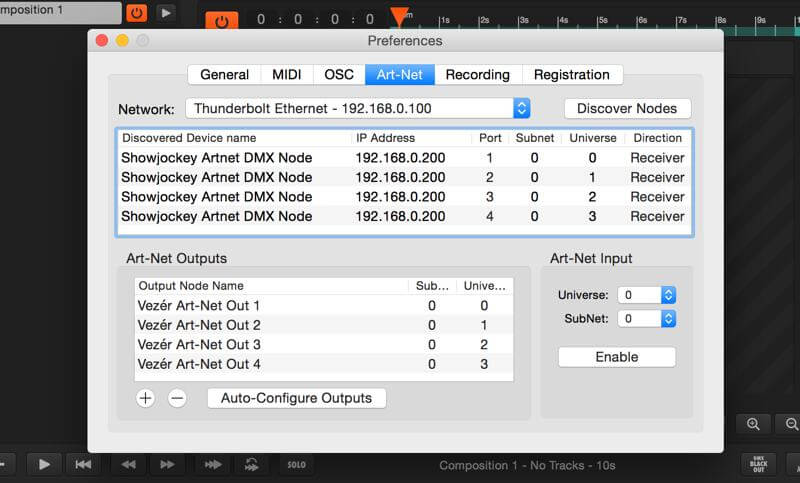Since we added support for lighting rigs thru Art-Net in Vezér 1.3, we've received a lot of questions about how to start, where to start and other questions from you, related to DMX, Art-Net, LEDs, etc. - well, lighting in general. We decided to start a series of articles to help you to dive into the land of (stage) lighting - which could be a bit scary territory if you never met this stuff before, but do not worry, here we go!
A common lighting rig consists 3 bigger parts:

DMX - or more specifically DMX512 - is a standard for digital communication use to control stage lighting - so a lighting desk sends DMX messages to fixtures thru the cables to get control of them. That cables are 3 or 5 pin XLR cables, and devices can be daisy-chained to make a network.
The 512 after the DMX refers to the number of control channels used on one network segment (a universe’) of devices.
One DMX channel controls one parameter - for example the intensity of a dimmer. DMX channels using 8-bit so a value will be in the 0-255 range.
Some fixtures may using several channels to control various parameters like pan, tilt, red, green, blue but there are things like mono-color LED strips with dimmers which can be controlled on a single DMX channel. In case you are familiar with MIDI, a DMX channel is something like a knob/fader on a MIDI controller.

Art-Net is a protocol to transmit DMX512 message thru a (computer) network using UDP packets - you can find a little more info about it on Wikipedia.
There are shiny little boxes called as Art-Net nodes, these translate Art-Net messages to standard DMX signals and make it possible to control the fixtures from the computer - so, Art-Net nodes are the connection points between the computer and the lighting rig.
These devices usually have one Ethernet and one or multiple XLR connectors. Since both 3 and 5 pin XLR cables can be used for DMX setups, most of the manufacturers gives you the freedom to choose what connectors you need on the node.

Art-Net is a network protocol which sending network packets, Art-Net nodes always have an IP address and a Subnet Mask, just like a computer, which very often printed on the device itself, or you can find it in the manual - most nodes are configurable with their own setup tool. Usually an Art-Net node can control only 1 universe - so 512 DMX channels - but there are devices with multi-universe output and you can even use multiple Art-Net nodes with a common network switch if needed.
There are Art-Net nodes that have both DMX inputs and outputs too.
To make your Art-Net node working with Vezér - or any other app - you may need to configure your computer's network port - that means, you computer should be set to the same Subnet Mask and IP range as your node. Subnet is usually 255.255.255.0 and if your Art-Net node is on 192.168.1.1, your computer will be happy with 192.168.1.2 for example.

Then when you go to the Art-Net Preferences in Vezér, just select the network interface you connected your node to, and Vezér will list the device if the app can detect it.
A side note on this: 99% of the Art-Net nodes out of the market supports Art-Net discovery, but in case you have a custom built node, like an Arduino based one, there is a chance this feature is not supported by the node.
At this moment, best to click on the "Auto-Configure Outputs" button below the list, and Vezér will generate an Art-Net output for all of the output universes of your Art-Net nodes. That is it, congrats! Now you can control your fixtures by sending values to the DMX channels using an Art-Net Value or Color Track.
Finally, here are some of the most common Art-Net nodes which ones are tested and works well with Vezér: